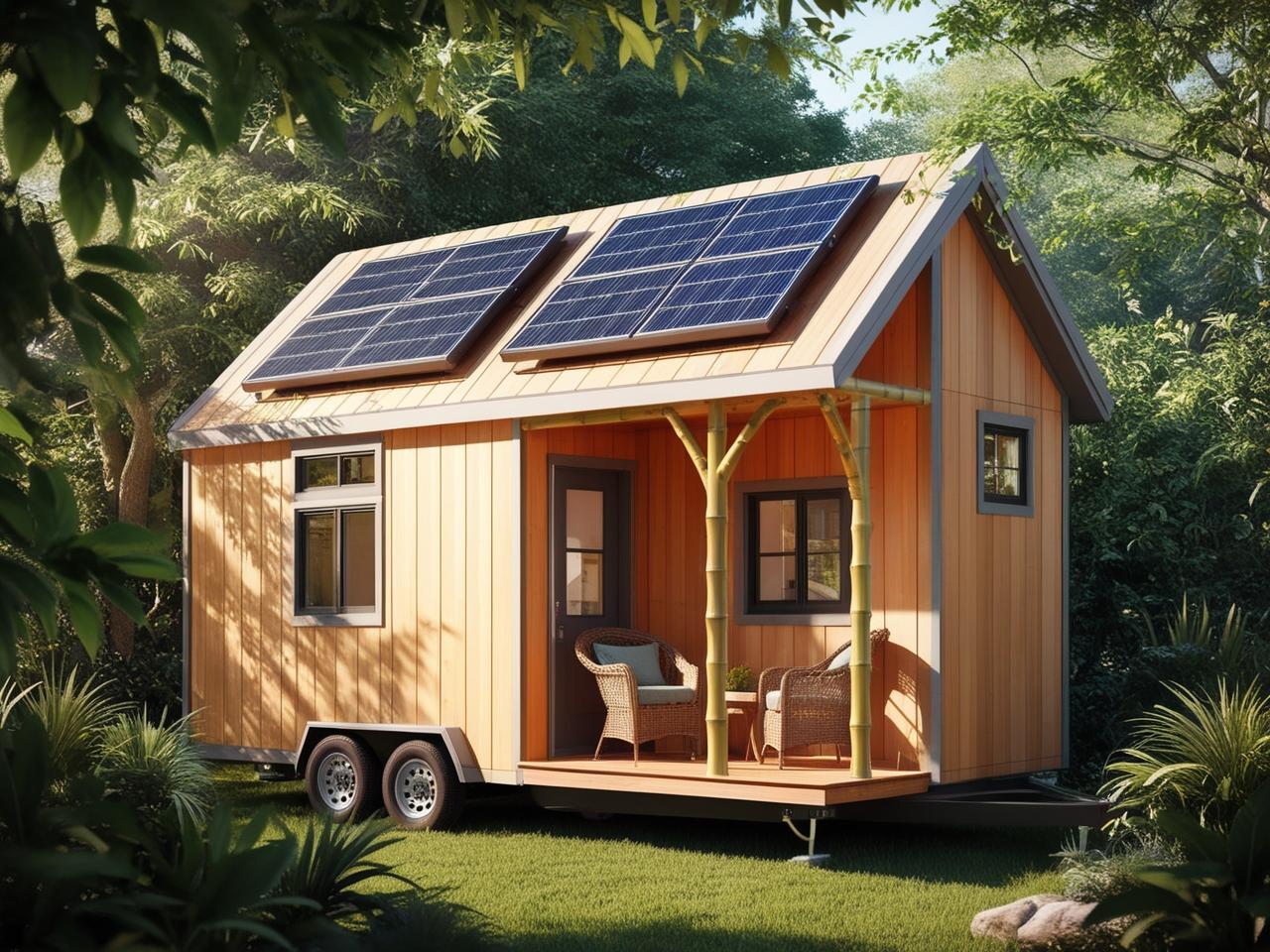Eco Friendly
Eco-Friendly Tiny House Materials: What’s Trending in 2025?

As the world embraces sustainability, tiny houses continue to gain popularity. Homeowners are looking for innovative, eco-friendly materials that reduce environmental impact without compromising comfort and style. In 2025, new trends are shaping the way we build tiny homes. Let’s explore the latest eco-friendly materials making waves this year.
1. Recycled and Upcycled Materials
One of the most sustainable ways to build a tiny home is by using recycled or upcycled materials. In 2025, builders are repurposing old shipping containers, reclaimed wood, and salvaged metal to reduce waste and promote sustainability.
Benefits:
- Reduces landfill waste
- Gives a unique, rustic aesthetic
- Lowers material costs
2. Hempcrete: The Game-Changer
Hempcrete, a biodegradable and carbon-negative building material, is gaining momentum in 2025. Made from hemp fibers, lime, and water, hempcrete provides excellent insulation and durability.
Benefits:
- Non-toxic and mold-resistant
- Naturally regulates humidity
- Lightweight and strong
3. Sustainable Insulation: Mycelium & Wool
Traditional insulation materials often contain harmful chemicals. In 2025, mycelium (fungus-based) and sheep wool insulation are trending as non-toxic, renewable, and highly efficient alternatives.
Benefits:
- Excellent thermal performance
- Biodegradable and renewable
- Naturally repels pests
4. Solar-Powered Roofing Materials
Solar panels are evolving, and in 2025, solar-integrated roofing materials are the preferred choice for tiny house owners. Solar shingles and transparent solar panels offer efficiency while blending seamlessly into modern home designs.
Benefits:
- Provides renewable energy
- Reduces electricity bills
- Enhances aesthetic appeal
5. Bamboo: The Sustainable Superwood
Bamboo continues to be a favorite in 2025 due to its rapid growth and durability. It is being used for flooring, wall paneling, and even structural elements in tiny homes.
Benefits:
- Stronger than traditional hardwood
- Pest-resistant and waterproof
- Highly sustainable due to fast regrowth
6. Smart Glass Windows
Smart glass technology is becoming more accessible, allowing tiny house dwellers to control light and heat levels with a switch. These energy-efficient windows help reduce electricity usage.
Benefits:
- Enhances privacy
- Reduces heating and cooling costs
- UV-resistant and stylish
7. Non-Toxic Paints and Finishes
Chemical-laden paints and finishes are being replaced by plant-based, non-toxic alternatives in 2025. These eco-friendly options ensure better indoor air quality and sustainability.
Benefits:
- No VOCs (Volatile Organic Compounds)
- Safe for families and pets
- Enhances the longevity of materials
Related Reads:
- The Rise of Smart Tiny Homes: Must-Have Tech in 2025
- 10 Ways to Maximize Space in a Tiny Home
- How to Build an Off-Grid Tiny House
FAQs
1. What is the most sustainable material for a tiny house in 2025?
Hempcrete, bamboo, and mycelium insulation are among the most sustainable materials due to their eco-friendly properties and durability.
2. Are recycled materials safe for building a tiny home?
Yes, as long as they are properly treated and repurposed, recycled materials like reclaimed wood and salvaged metal are safe and sustainable choices.
3. Do eco-friendly materials increase the cost of building a tiny house?
While some sustainable materials may have a higher initial cost, they often lead to long-term savings through energy efficiency and durability.
4. Can I install solar panels on a tiny house roof?
Absolutely! Solar-integrated roofing materials like solar shingles are a great way to harness renewable energy for a tiny home.
5. How do smart glass windows help in an eco-friendly tiny home?
Smart glass helps regulate temperature and light, reducing the need for artificial heating and cooling, thereby saving energy.
